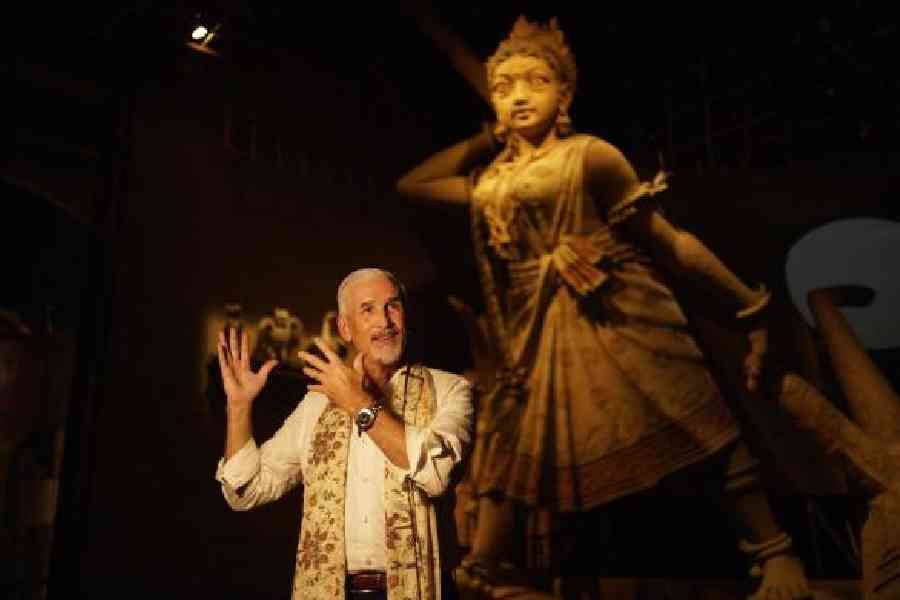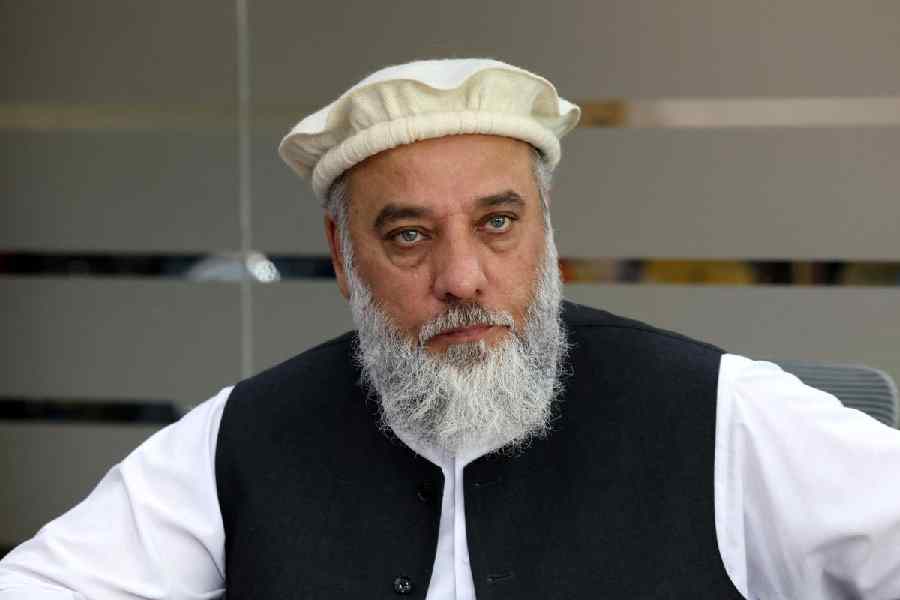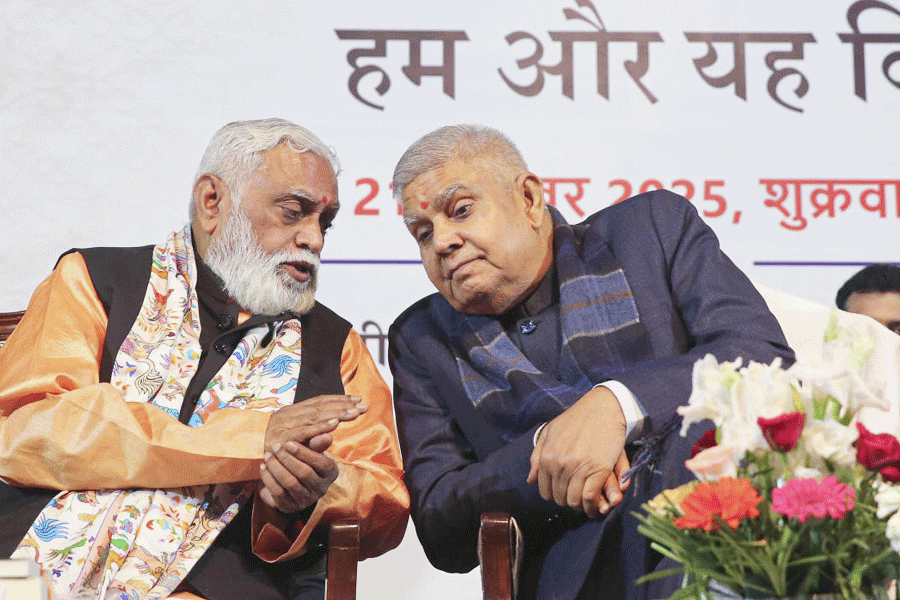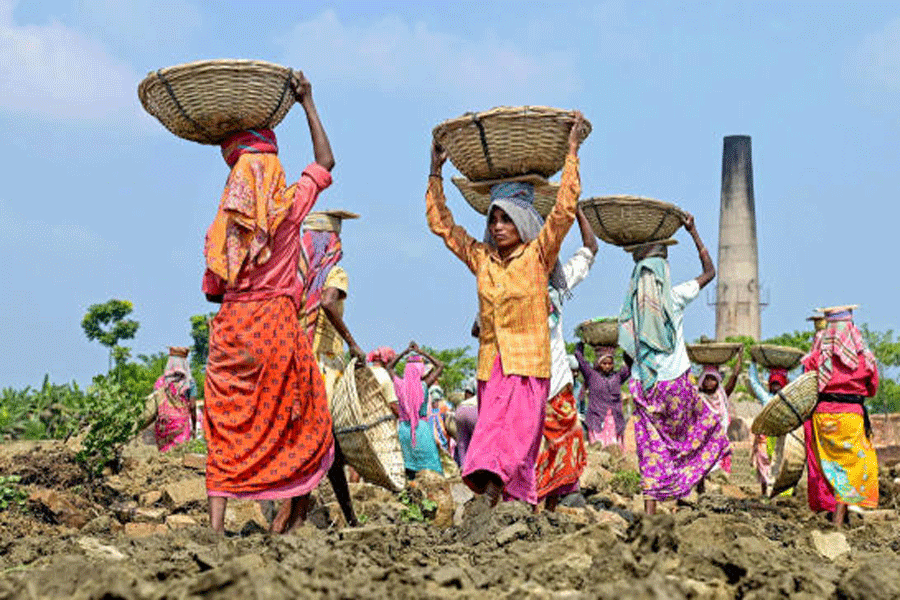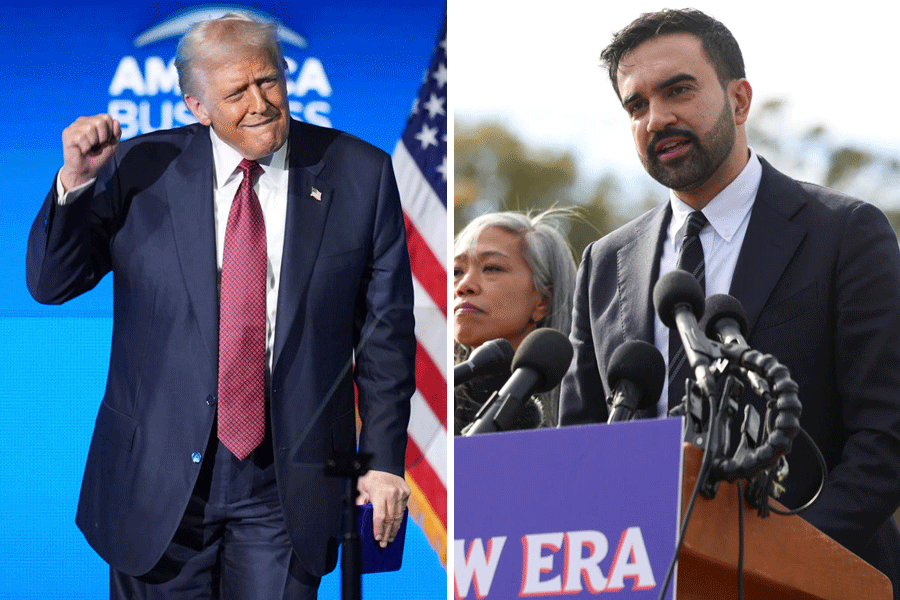The accessibility guidelines launched by Unesco for Durga Puja carry far-reaching global implications, Shombi Sharp, the United Nations (UN) resident coordinator for India, told Metro last week.
Sharp was in the city to monitor the practical implementation of the standard operating procedure (SOP) introduced as a pilot project on Puja eve at 24 pandals.
Formulated by IIT Kharagpur at Unesco’s behest, initiated by the NGO massArt, and supported by the state government, these guidelines aim to make Durga Puja accessible to all, including persons with disabilities. The UN is working to promote such inclusion across various festivals in India.
India, Sharp noted, has a “bounty of festivals”. “Make these inclusive, and the impact will be felt globally.”
He emphasised India’s growing significance, especially amid the 10th anniversaries of the Sustainable Development Goals (SDG) and the Paris Agreement, which set ambitious targets for sustainable development and climate action. “Unfortunately, some powerful actors are stepping back from these global commitments,” he said, without naming the US.
India’s role, however, remains crucial. “A quarter or more of some of the global SDG targets depend on progress in India. The country has lifted hundreds of millions out of poverty, expanded digital public infrastructure, ensured financial inclusion for women, and driven renewable energy... Now the spotlight is on India for leadership,” he said.
In this context, Durga Puja is seen as “a powerful force”, Sharp said. “As India balances inclusion and sustainability, the global impact will be immense.... This partnership on festival inclusion introduces disability inclusion in a serious and scalable way,” he said.
Sharp cited the Jaipur Literature Festival as an example of the UN’s environmental sustainability efforts.
“The Jaipur Literature Festival is moving away from plastic, especially the pernicious use of flex banners, replacing them with sustainable materials, avoiding plastic water bottles, and collaborating with a renewable energy company to reduce their carbon footprint,” Sharp explained.
The UN has also leveraged platforms like the IIFA Awards to spread messages of sustainability. “At IIFA a few years ago, I spoke about the soft power of films to communicate these values. For example, RRR isn’t just about the hit song Natu Natu; it is also reduce, reuse, recycle.”
Unesco has prioritised five principles of universal design in India, aligned with SDG objectives. “All planning and construction must take everyone into account. To meet the ambitions of 2030 and beyond, we must harness all human capital. India has the world’s largest youth population — more young minds to drive innovation than any country has ever had,” he said.
Sharp pointed out that the International Labour Organisation (ILO) estimates that lack of inclusion costs India 3 to 7% of its potential GDP. “We have to ensure that we are being inclusive,” he said.
India, as a developing nation, is “not burdened by legacy infrastructure” and has opportunities to leapfrog through inclusive design. “Bringing down barriers would be a life cycle approach. People are born with disabilities, some acquire them, and others like the elderly and pregnant women also benefit. Inclusive services benefit everyone,” Sharp said.
Inclusion, he added, drives livelihoods and economic growth. “India could become a global hub for assistive technology. When inclusion is done right, you see its transformative power. That’s our goal.”
This year, Unesco partnered with 24 pandals to promote inclusion, exposing millions of visitors to the message. Sharp expressed hope for scaling up the initiative to 400 pandals next year.

